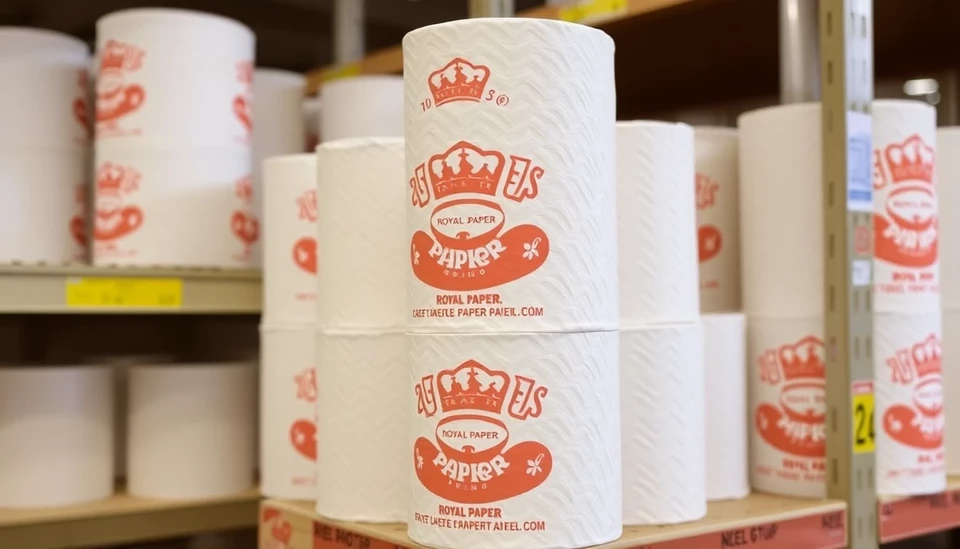
In a significant development within the consumer goods industry, Royal Paper, a prominent manufacturer known for its paper towel products, has announced that it is filing for bankruptcy protection. This decision comes as a result of ongoing financial difficulties exacerbated by increasing production costs and heightened competition in the market.
The company, which has been a recognized name in the paper goods sector, has struggled to maintain profitability in recent years. Rising costs for raw materials and labor, coupled with the pressure of cheaper alternatives flooding the market, have put substantial strain on its operations. The filing for Chapter 11 bankruptcy indicates that Royal Paper intends to restructure its debt, aiming to restore financial stability while continuing its business activities.
Industry analysts have noted that Royal Paper's predicament is part of a broader trend affecting many manufacturers in the consumer product space, particularly those specializing in household essentials. As consumers become increasingly price-sensitive, competition from both established brands and new entrants has intensified, forcing companies to reconsider their pricing strategies and overall business models.
In the official statement released by Royal Paper, management acknowledged the challenges faced and expressed optimism about the potential for recovery through the bankruptcy process. They emphasized their commitment to the preservation of jobs and the continuation of their product lines. The company's leadership is expected to work closely with creditors to negotiate terms that will allow for a viable path forward.
As part of the restructuring plan, Royal Paper will likely focus on streamlining production processes, reducing operational costs, and potentially refocusing its product offerings to align better with current market demands. Observers are keen to see how these changes will affect the company's brand perception and consumer loyalty in the long run.
The implications of Royal Paper's bankruptcy filing reach beyond its immediate stakeholders. Suppliers and retailers who rely on the company's products will be closely monitoring the situation to understand how it might affect their own dealings and inventory management. Additionally, this case serves as a cautionary tale for other manufacturers in the sector, highlighting the need for agility in adapting to changing market conditions.
As Royal Paper embarks on this difficult journey through bankruptcy proceedings, the industry will be watching closely. The outcome could provide valuable insights into how traditional manufacturers can navigate financial distress in an increasingly competitive landscape.
<#>RoyalPaper #Bankruptcy #ConsumerGoods #BusinessNews #Restructuring #PaperProducts #FinancialStruggles #Manufacturing #IndustryTrends #Chapter11 #MarketCompetition
Author: Victoria Adams




